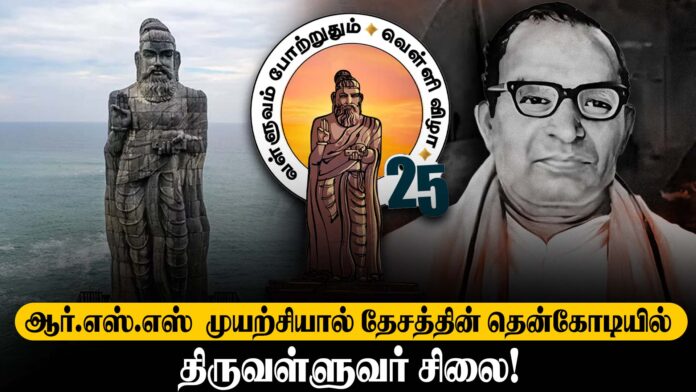Srinivasa Ramanujan (1887–1920) was a renowned Indian mathematician who made groundbreaking contributions to number theory, infinite series, and continued fractions. He is regarded as one of the most influential mathematicians of the 20th century.
Ramanujan’s life is an inspiring story of brilliance and determination. Born in Erode, Tamil Nadu, India, he displayed exceptional mathematical talent from an early age. Overcoming significant challenges, including poverty and limited formal education, he succeeded in developing over 3,900 groundbreaking mathematical results and theories.
Ramanujan’s exceptional mathematical talent captured the attention of G.H. Hardy, a renowned British mathematician, who invited him to Cambridge University. Their collaboration resulted in groundbreaking discoveries, including work later used to calculate pi to over 31 trillion digits. While in England, Ramanujan maintained his strict vegetarian diet, which proved challenging in wartime Britain. Combined with the harsh climate, this took a toll on his health. Despite his recognition and success at Cambridge, he declined multiple offers to remain in England permanently, choosing instead to return to India. His legacy endures through concepts like the Ramanujan Prime and the Ramanujan Theta Function, which highlight the profound impact of his contributions to mathematics.
Ramanujan, known for his extraordinary brilliance, faced academic challenges, failing his college exams multiple times due to his sole focus on mathematics while neglecting other subjects. This led to the loss of scholarships and significant financial difficulties before his talents gained recognition. Between 1908 and 1912, he worked as a clerk at the Madras Port Trust office, with limited opportunities for research. Remarkably, he tackled highly complex mathematical problems without calculators, computers, or even sufficient paper. Later, with the support of C.L.T. Griffith, he earned a degree in Science from London for his research on highly composite numbers.
In addition to his fame as a mathematician, Ramanujan had a keen interest in astronomy. He studied planetary motion and demonstrated remarkable accuracy in calculating lunar and solar eclipses. He believed that intuition and divine inspiration were central to his discoveries, often attributing his mathematical insights to his family deity, Goddess Namagiri, whom he claimed appeared to him in dreams.
In 1918, Ramanujan became the first Indian to be elected a Fellow of the Royal Society. His birthday, December 22, is now celebrated as National Mathematics Day in India. He also created a magic square that prominently features his birth date (22/12/1887), with every row, column, and diagonal summing to 139.
Prof. P.C. Mahalanobis fondly recalls Ramanujan’s unique qualities
“Ramanujan had a somewhat shy and quiet disposition, a dignified bearing, and pleasant manners. He would listen carefully to what other people were saying but would usually remain silent. If he was asked any question, or on rare occasions if he joined in any general conversation, he would speak frankly, but briefly. Whilst speaking to a friend or in very small groups, he would, however, expound his ideas with great enthusiasm, not only on philosophical questions but occasionally also on other subjects in which he was seriously interested. Although I could not follow his mathematics, he left a lasting impression on my mind. His bright eyes and gentle face with a friendly smile are still vivid in my mind.”
The exact cause of Ramanujan’s death remains a subject of debate. While he was diagnosed with severe tuberculosis, some modern researchers believe he may have suffered from a parasitic liver infection known as hepatic amoebiasis.
Although Ramanujan lived only 32 years, he left a lasting and profound legacy. Many of his formulas were so advanced that it took mathematicians decades to fully comprehend and prove them. His “lost notebook,” discovered after his death, continues to inspire mathematical research, influencing fields such as string theory and black hole physics to this day.
CITATIONS:-
https://en.wikipedia.org/wiki/Srinivasa_Ramanujan https://www.britannica.com/biography/Srinivasa-Ramanujan https://www.britannica.com/story/interesting-facts-about-srinivasa-ramanujan https://learnwithvdk.blogspot.com/2023/05/information-about-srinivasa-ramanujan-l.html#goo gle_vignette
https://simple.wikipedia.org/wiki/Srinivasa_Ramanujan
https://www.imsc.res.in/~rao/ramanujan/newnow/pcm5.htm#:~:text=%E2%80%9CRamanujan%20had%20a%20somewhat%20shy,would%20speak%20frankly%2C%20
Dr Sanghamitra Parhi & Pranuthy G

